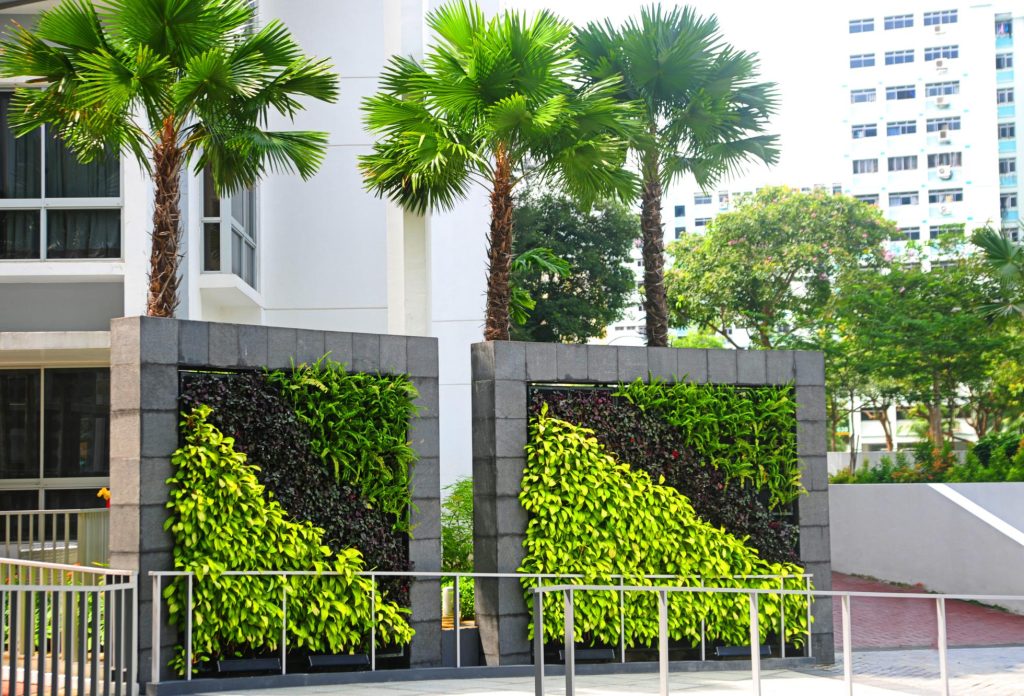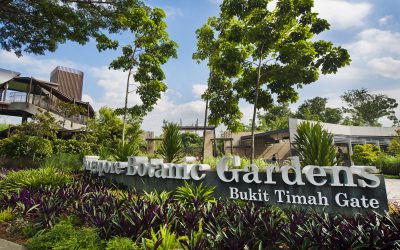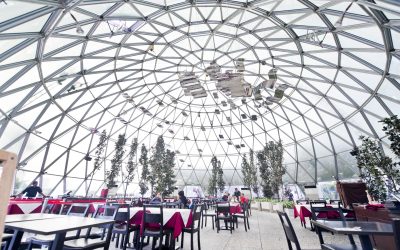Arboriculture, the art and science of cultivating and managing trees, plays a vital role in our pursuit of a sustainable and greener future. By understanding the complexities of tree biology and employing advanced techniques, arboriculturists work diligently to promote tree health, preserve urban forests, and create harmonious environments where people and nature can thrive. In this article, we will explore the fascinating world of arboriculture, shedding light on its importance, techniques, and benefits for our planet.
The Essence of Arboriculture: Arboriculture encompasses the cultivation, care, and maintenance of individual trees. Arborists, the professionals dedicated to this field, possess a deep understanding of tree physiology, growth patterns, and the factors that influence tree health. Their expertise enables them to provide essential services such as tree planting, pruning, fertilization, pest and disease management, and tree removal when necessary.
The Importance of Arboriculture: Arboriculture plays a crucial role in enhancing the quality of our environment. Trees provide numerous benefits, both ecological and societal. They help combat climate change by absorbing carbon dioxide, reducing the impact of greenhouse gases, and releasing oxygen into the atmosphere. Moreover, trees improve air and water quality, mitigate urban heat island effects, reduce noise pollution, and provide shade, wildlife habitat, and aesthetic beauty.
Urban Forestry and Arboriculture: In urban areas, arboriculture is particularly important due to the challenges trees face in a human-dominated environment. Urban foresters and arborists collaborate to manage and preserve the urban forest, which includes the trees in cities, towns, and communities. These professionals carefully select tree species suitable for the urban environment, monitor and maintain their health, and design appropriate planting and pruning strategies to maximize their benefits.

Tree Planting and Selection: Planting the right tree in the right place is a fundamental principle of arboriculture. Arborists assess various factors such as soil conditions, available space, sunlight exposure, and climate to determine the most suitable tree species for a specific location. By selecting appropriate trees, arboriculturists can ensure optimal growth, reduce maintenance requirements, and minimize potential risks associated with tree failure.
Tree Pruning and Maintenance: Regular pruning is crucial for tree health and structural integrity. Arborists employ different pruning techniques to remove dead, diseased, or damaged branches, improve airflow, and enhance the tree’s overall shape. Pruning also minimizes the risk of branch failure, especially during storms or high winds, reducing the potential for property damage and personal injury.
Pest and Disease Management: Trees can fall victim to various pests and diseases, which can weaken their health and compromise their structural integrity. Arborists are trained to identify and manage these issues effectively. They employ integrated pest management techniques, which may involve biological controls, cultural practices, and judicious use of pesticides when necessary, to mitigate pest and disease outbreaks and preserve tree vitality.
Benefits of Arboriculture: The practice of arboriculture brings numerous benefits to our communities and the environment. Well-maintained trees increase property values, attract wildlife, reduce energy costs by providing shade, improve mental well-being, and enhance the aesthetic appeal of neighborhoods. Arboriculture also fosters a sense of community and encourages environmental stewardship, as people become more aware of the importance of trees and their role in creating sustainable, livable spaces.
Arboriculture is an invaluable discipline that nurtures and safeguards our urban forests, ensuring the longevity and vitality of trees in our rapidly developing world. By embracing the principles and practices of arboriculture, we can actively contribute to a greener, healthier planet. Whether it’s planting trees, pruning branches, or managing pests, each action we take towards arboriculture fosters a positive impact on our environment, shaping a better future for generations to come.




0 Comments